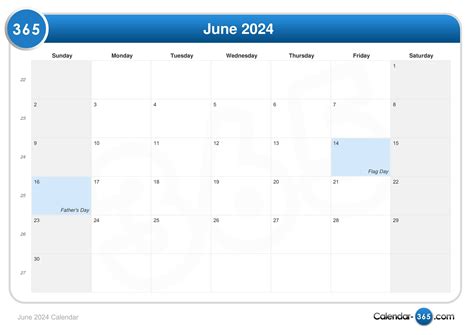In the world of visual arts, three key terms often used are imagery, proportion, and design. Understanding these concepts is essential for creating visually appealing and effective works of art.

Imagery
Definition: Imagery refers to the mental images, thoughts, and impressions that are created through the use of visual elements such as color, shape, line, and texture. It is the process of creating a mental picture in the mind of the viewer.
Importance:
- Elicits emotions: Imagery can evoke emotions and feelings by using visual elements that resonate with the viewer’s experiences and associations.
- Creates mental connections: By creating a mental picture, imagery fosters connections between the artwork and the viewer, allowing for deeper understanding and engagement.
- Enhances understanding: Images can convey ideas and information more effectively than words alone, making complex concepts more accessible.
Proportion
Definition: Proportion refers to the relationship between the sizes and shapes of different elements within an artwork. It determines the balance, harmony, and visual appeal of a design.
Importance:
- Creates visual harmony: Proportion helps create a visually pleasing and cohesive composition by ensuring elements are sized and spaced proportionally.
- Guides the eye: Proportion can influence where the viewer’s eye moves within the artwork, drawing attention to specific areas and creating a sense of flow.
- Enhances aesthetics: The use of pleasing proportions, such as the golden ratio, can enhance the beauty and elegance of a design.
Design
Definition: Design encompasses the deliberate arrangement of elements within a composition to create a visual message. It involves the organization, selection, and placement of images, shapes, colors, and other elements to convey a specific concept or idea.
Importance:
- Communicates messages: Design is a powerful tool for communicating messages, ideas, and emotions through visual means.
- Enhances user experience: In the context of websites and applications, design plays a crucial role in improving user experience by creating intuitive and aesthetically pleasing interfaces.
- Builds brand identity: Visual design helps establish a brand’s identity by creating a consistent look and feel across all materials.
Interrelationship of Imagery, Proportion, and Design
These three terms are closely intertwined and influence each other to create successful visual compositions. Imagery creates the mental picture that proportion balances and distributes effectively, while design orchestrates these elements into a cohesive and meaningful whole.
Useful Tables
| Element | Definition | Importance |
|---|---|---|
| Imagery | Mental images created through visual elements | Elicits emotions, creates mental connections, enhances understanding |
| Proportion | Relationship between sizes and shapes | Creates visual harmony, guides the eye, enhances aesthetics |
| Design | Deliberate arrangement of elements | Communicates messages, enhances user experience, builds brand identity |
Common Mistakes to Avoid
- Lack of Visual Hierarchy: Failing to prioritize elements properly, resulting in a cluttered or confusing composition.
- Imbalance: Creating proportions that are visually unappealing or disrupt the flow of the artwork.
- Disjointed Design: Combining elements that do not complement each other, creating a disharmonious or incoherent design.
Conclusion
Understanding imagery, proportion, and design is fundamental to creating visually engaging and impactful works of art. By mastering these concepts, artists can effectively communicate ideas, evoke emotions, and capture the attention of viewers.
